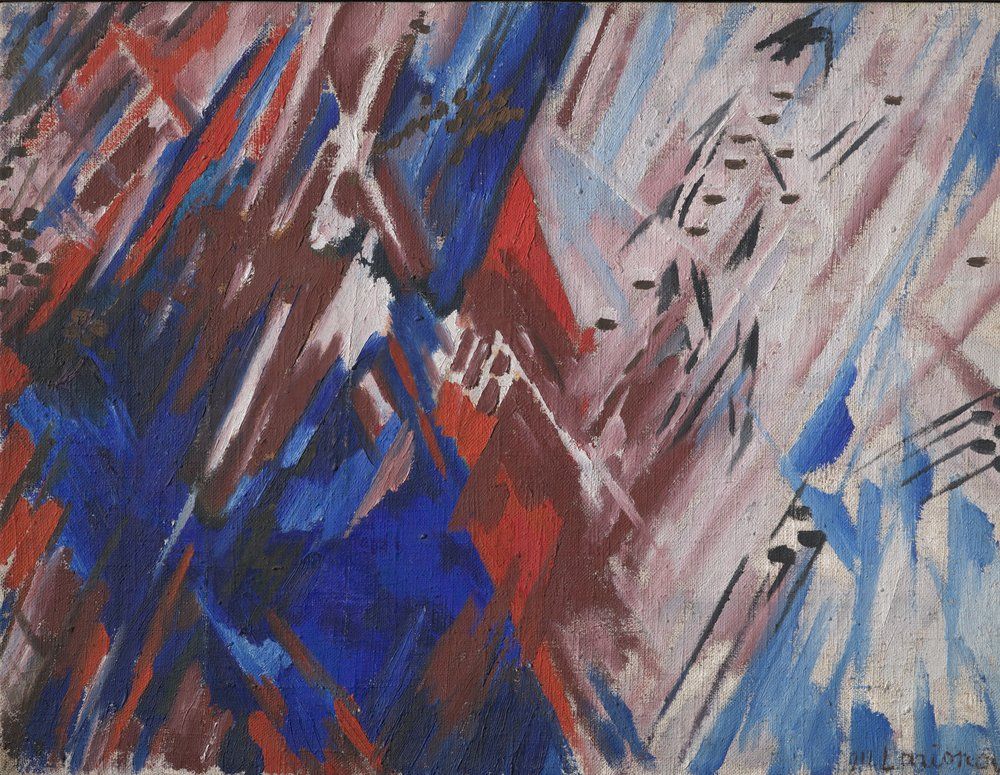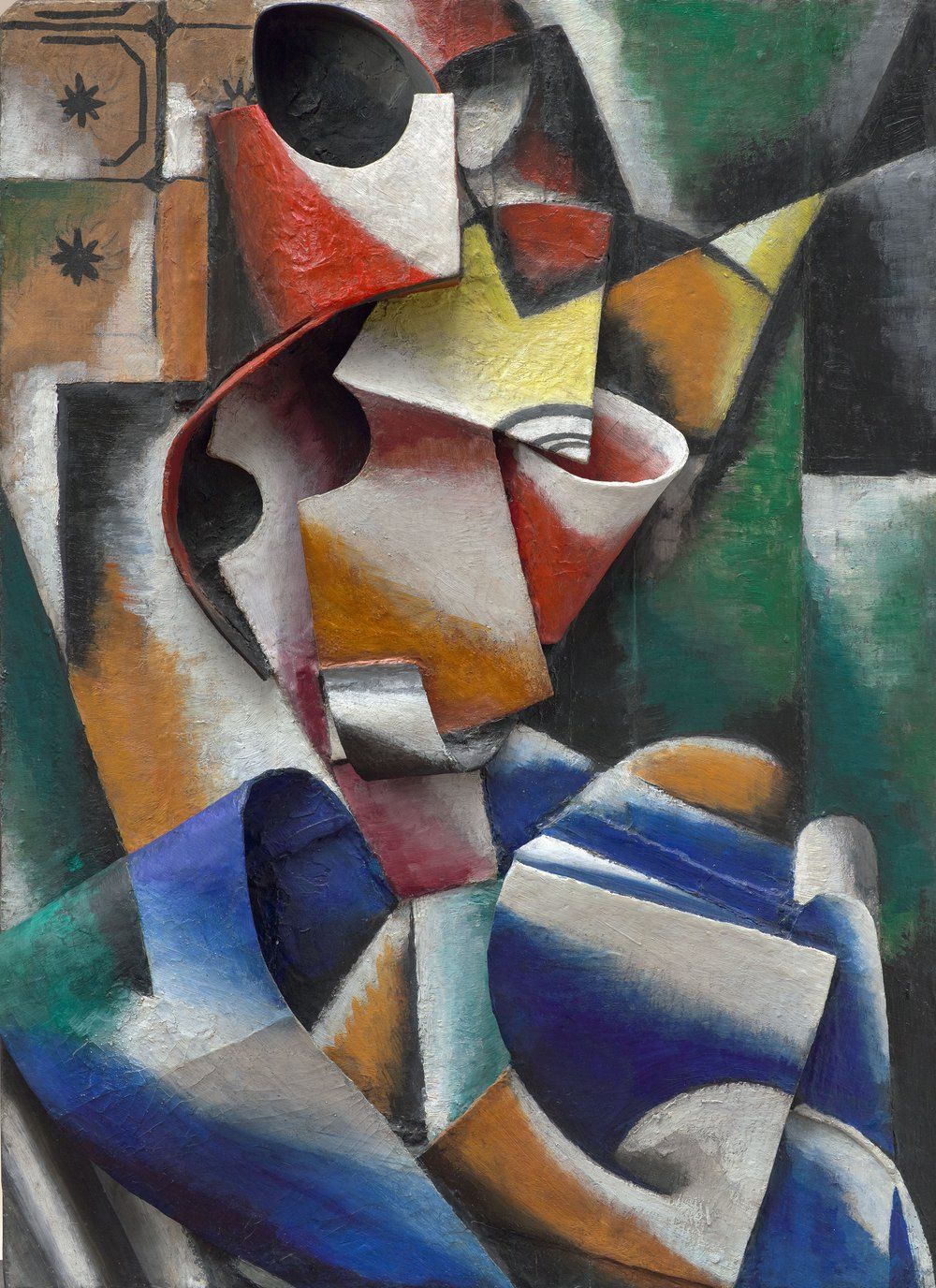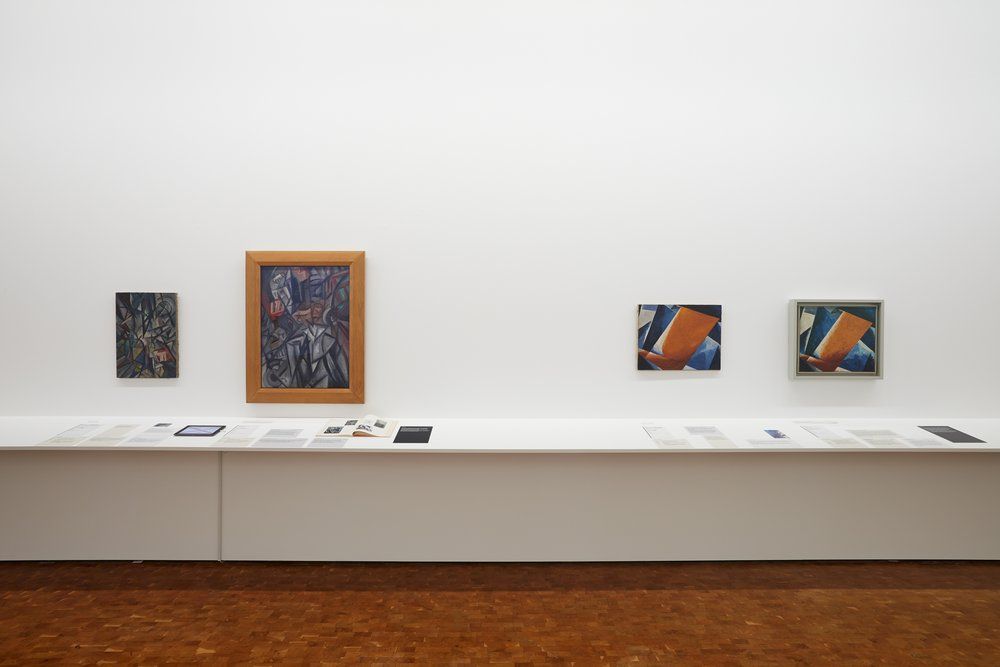Why a German Museum Is Displaying Fake Paintings From Its Collections
A taboo-breaking exhibition at Cologne’s Museum Ludwig spotlights misattributed Russian avant-garde works
/https://tf-cmsv2-smithsonianmag-media.s3.amazonaws.com/filer/ef/e1/efe1e6a4-2e10-4f01-bf8a-ee1798f622a1/csm_rba_d054218_01_ba9538dfec.jpg)
When museums discover a forgery in their collections, staff typically remove the artifact from view and stow it away with a mixture of shame and disappointment.
The Museum Ludwig in Cologne, however, is pioneering a different approach to fakes, transforming what could have been a mark against the German cultural institution into the focal point of a new exhibition.
At “Russian Avant-Garde at the Museum Ludwig: Original and Fake,” audiences can explore a selection of works from the personal collection of Peter and Irene Ludwig, who founded the museum in the 1970s. To date, reports Catherine Hickley for the New York Times, experts have assessed 49 of the 100 supposed Russian avant-garde paintings Irene bequeathed to the gallery upon her death in 2010; of these, 22 were found to be falsely attributed. (The term forgery is suggestive of an intent to deceive “that cannot be proven just by examining the work,” per the Times.)
Ludwig conservator Petra Mandt, Art Institute of Chicago art technologist Dr. Maria Kokkori and members of the United Kingdom-based Russian Avant-Garde Research Project used X-ray and infrared scanning, microscopy analysis and other methods to identify the fakes, according to Courtney Tenz of the Art Newspaper.
The show, which runs through January 3, 2021, displays paintings wrongly attributed to artists such as El Lissitzky, Liubov Popova and Olga Rozanova alongside authentic originals. It also offers a “crash course” in the methods used by experts to authenticate artwork, writes Jonathan Keats for Forbes.
“We have wonderful paintings in the collection and our visitors expect that what is hanging on the walls here is authentic,” Rita Kersting, the deputy director of the museum, tells the Art Newspaper. “We have long had suspicions about certain paintings. And this public display is a way of reconciling that.”
One of the fakes included in the show is Proun, an abstract work attributed to El Lissitzky and dated to 1923. When researchers at the Museum Ludwig used infrared analysis to study the painting, they noticed an entirely different figurative painting underneath the surface, which called the work’s authenticity into question. A separate analysis of Proun 12E, an authentic work housed at the Busch-Reisinger Museum in Cambridge, Massachusetts, helped the German gallery identify its version as a fake.
The high frequency of forgeries in the Ludwig’s collection isn’t wholly surprising, as the Russian avant-garde art market is flooded with such misattributed works. During the early 20th century, artists including Kazimir Malevich, Alexander Rodchenko and Natalia Goncharova created profoundly influential geometric abstractions—but they faced harsh censorship that intensified when Joseph Stalin rose to power in the mid-1920s. These restrictions, in turn, led to a rise in the trafficking of smuggled art. On the black market, enterprising art criminals regularly exploited a lack of official documentation, or provenance, to plagiarize and resell forged copies of works.
“In such conditions, forgers could operate practically unfettered,” writes Konstantin Akinsha, director of the Russian Avant-Garde Research Project, in the exhibition catalog.
In 2018, Belgium’s Ghent Museum of Fine Art became the subject of controversy after a number of pieces in its exhibition of Russian avant-garde art were deemed “highly questionable,” per the Times. The museum’s director later resigned over the uproar, and the collectors who lent the allegedly fake works were arrested, as Javier Pes reported for artnet News at the time.
Kersting tells the Times that she believes museums are the best place to conduct research on forgeries because they have less of a vested financial interest in the outcome of their studies.
“Museums are the right institutions to be advancing this research, because for us it’s about scholarship, not commercial interests,” she argues. “We are open to scholarly contributions and new findings. The research is never finished.”
“Russian Avant-Garde at the Museum Ludwig: Original and Fake” is on view at the Museum Ludwig in Cologne, Germany, through January 3, 2021.
Editor's Note, October 30, 2020: This article previously misstated the Busch-Reisinger Museum's involvement in testing on Proun, a fake El Lissitzky painting in the Museum Ludwig's collections. The Museum Ludwig analyzed Proun and compared its findings to the Busch-Reisinger's analysis of an authentic El Lissitzky work, Proun 12E.
/https://tf-cmsv2-smithsonianmag-media.s3.amazonaws.com/accounts/headshot/nora.png)



/https://tf-cmsv2-smithsonianmag-media.s3.amazonaws.com/accounts/headshot/nora.png)